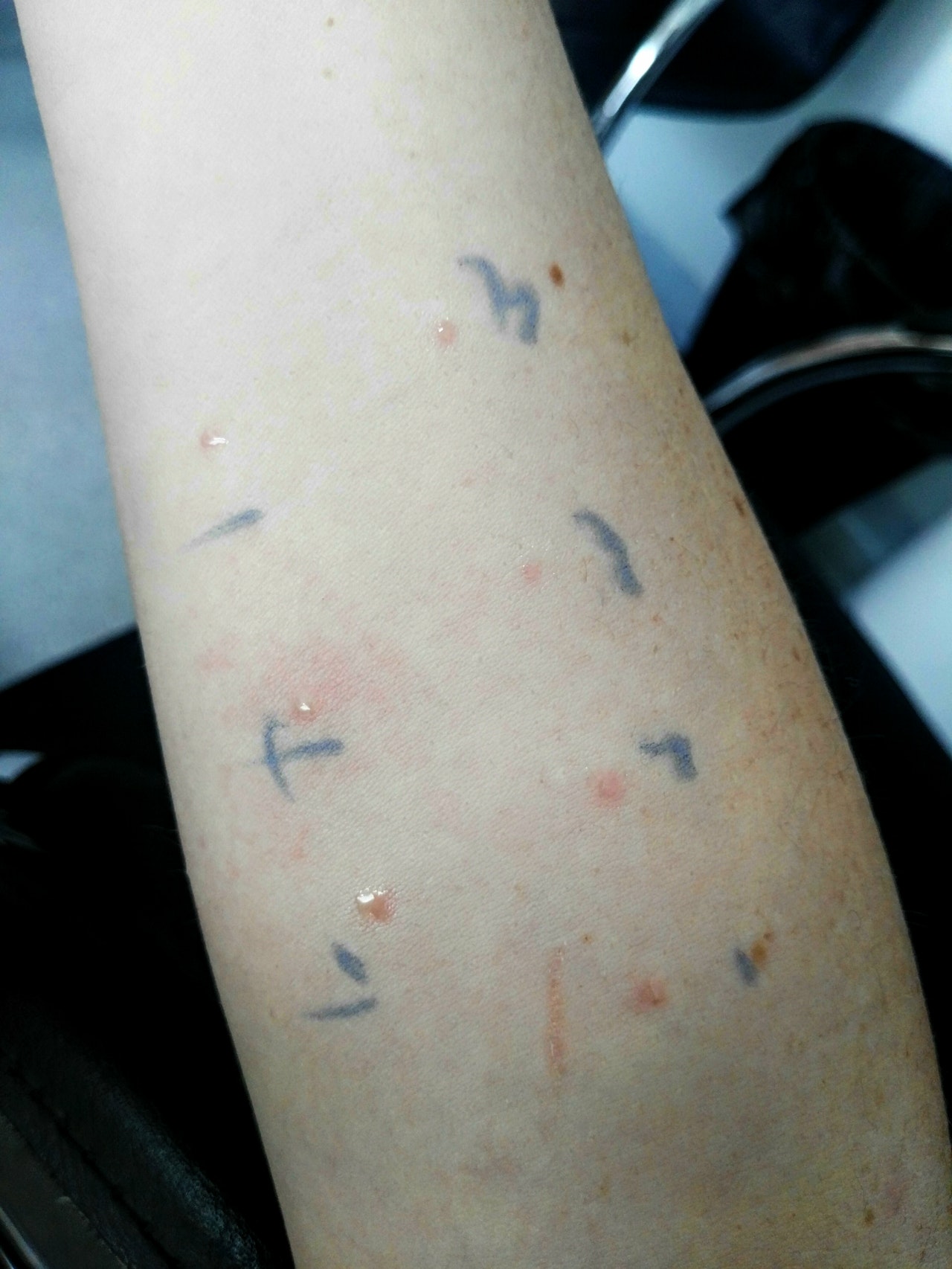Medically reviewed by Susan Kerrigan, MD and Marianne Madsen on February 5, 2023
Food allergies are on the rise. It is more likely than ever before that you or a loved one may be managing a food allergy. The Food Allergy Research & Education organization (FARE) reports that between 2007 and 2016, there was a 377% increase in diagnoses of anaphylactic food reactions. This severe, life-threatening allergic reaction causes a rapid drop in blood pressure and constricted airways. Most food allergies begin in childhood. The average U.S. classroom has one or two children with a food allergy. Over one-third of those children will experience a severe allergic reaction before reaching adulthood.
Food allergies affect 32 million Americans. Across the world, that number approaches a half billion. Many children “outgrow” their allergies. The challenge is that fairly benign reactions in the past don’t guarantee there won’t be an anaphylactic reaction in the future. The best way to avoid a trip to the emergency room is through careful food allergy management.
Is it an allergy?
Food allergies should never be self-diagnosed. People often mistake an allergy for intolerance. Lactose intolerance usually presents as an upset stomach. Milk allergies, like other food allergies, trigger an immunologic response. Basically your body overreacts. It treats something that won’t hurt you as something that will. The most common food allergies are peanuts, cow’s milk, shellfish, tree nuts, eggs, finfish, wheat, and soy. Some allergy sufferers face cross reactions. For example, ninety percent of people allergic to cow’s milk are also allergic to goat’s milk. In contrast, just five percent of those allergic to peanuts react to other legumes.
Determining whether or not you or a loved has a true food allergy requires a visit to a specialist. There, one of several tests will be performed. With skin prick testing, a small amount of the suspected allergen is placed on the skin. In a few minutes, sensitized patients have a reaction. Other tests include blood tests for an allergic antibody to a particular antigen (or foreign substance.)
Despite being more time consuming and potentially risky, the double-blind, placebo-controlled food challenge is the preferred method. Over several visits, small but increasing amounts of the suspected allergen are fed to the patient. Because allergic reactions can be psychological, the double blind means neither patient or caregiver will know until testing is complete when the suspected allergen was introduced. If the food doesn’t trigger a reaction, it can be reintroduced into the diet.

Reading labels
A positive diagnosis for food allergies is life altering. It doesn’t just affect the patient and their loved ones. It even affects total strangers as schools and airlines now ban allergic substances like peanuts, for example. Still, it is the allergy sufferer and members of their household who will need to do the most to ensure an allergic reaction doesn’t happen. It starts at the grocery store. Read every label on packaged or processed food. This seems easy. It isn’t. Focused on the eight most common allergenic foods, the Food Allergen Labeling and Consumer Protection Act of 2004 required U.S. food labels to list ingredients that could cause an allergic reaction. While that seems straightforward, label wording is not. Buying a product that has been packaged alongside known allergens is risky. Even more so is bringing home a product labeled “may contain” when it may contain the allergen. If you’ve accidentally gambled this way, you’re not alone. A recent study found more than one out of ten people had bought food with “may contain” labeling, while 40% had purchased food labeled “manufactured in a facility that also processes.” People managing food allergies are being impacted by COVID-19. The Food and Drug Administration recently issued guidance to provide temporary flexibility in food labeling requirements to manufacturers and vending machine operators. The organization hopes this will reduce supply chain disruptions. Unfortunately, this means formerly safe products may now be risky.
Some people managing food allergies buy kosher––even if they aren’t observant Jews. Kashrut dietary laws govern how Jewish people eat and prepare certain foods. Meat and dairy can never be eaten together. Kosher labels note if the product is fleishig (meat), milchig (dairy), or pareve (neutral)––which doesn’t contain meat or dairy. Unfortunately, larger food processing plants face issues with cross-contamination, meaning the kosher label is not a guarantee. Because observant Jews follow a second set of guidelines during the Passover holiday, foods labeled “Kosher for Passover” can be ideal for those with allergies to corn or both milk and soy. In the U.S., this is indicated with the letter “P” on kosher foods –– just remember that’s “P” for Passover, not for pareve.

Safe kitchens/safe dining
At home, it’s easy to accidentally transfer an allergen into the meal of someone with a food allergy. Cross-contamination can occur in a variety of ways. A knife used to spread peanut butter is accidentally used to spread jelly. Cheese is removed from a hamburger, leaving enough behind to be an issue. To keep your home safe, it’s not enough to make special meals for those with food allergies. The area where the meal is being prepared must be cleaned thoroughly; ideally, one place is designated just for those meals. The special meal should be prepared first and kept covered when it is done. The person with allergies should have their own separate dishes. Keep in mind that while soap and water will safely clean dishes and pots, sanitizing gel will not eliminate traces of allergen from your hands. When dining out, a “chef’s card” can offer the kitchen staff information on the allergy and warnings about cross contamination. Be wary of bakeries or other services without clear labeling. Still, with so many people going “gluten free,” it is easier than ever before to find safe meals.
Know the symptoms of a reaction. Often they occur in minutes, but itchy eyes and skin can be a harbinger. Even if previous reactions have been mild, be prepared. Know how to administer an epinephrine shot, and keep one available at all times. Managing food allergies is never easy. Still, with enough careful planning, you can make sure your life is about more than just managing your allergies.
Written by John Bankston
References
- Food Allergy Research & Education (FARE)
- World Allergy Organization. White Book on Allergy
- Clinical Management of Food Allergy. Pediatric Clinic of North America
- U.S. Food and Drug Administration. Food Allergen Labeling and Consumer Protection Act of 2004 (FALCPA)
- Food Allergen Labeling and Purchasing Habits in the United States and Canada. The Journal of Allergy and Clinical Immunology
- U.S. Food and Drug Administration. FDA Announces Temporary Flexibility Policy Regarding Certain Labeling Requirements for Foods for Humans During COVID-19 Pandemic